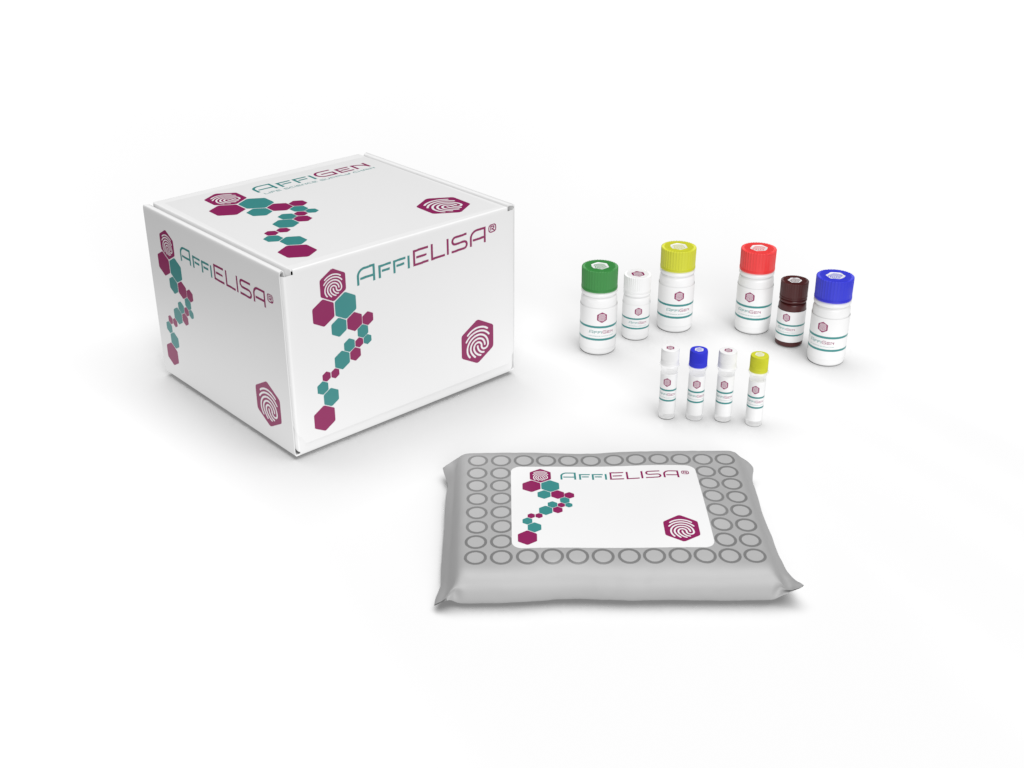Overview of Human E-Selectin ELISA Kit
The Human E-Selectin ELISA Kit is a highly sensitive and specific enzyme-linked immunosorbent assay designed for the quantitative measurement of E-Selectin (also known as CD62E) in human serum, plasma, and other biological samples. E-Selectin is an endothelial cell adhesion molecule that plays a critical role in the recruitment and adhesion of leukocytes during inflammation. It is expressed on the surface of activated endothelial cells and is involved in immune response and inflammation processes. The detection of E-Selectin levels is valuable in studying inflammatory diseases, cardiovascular disorders, and immune system function.
Components:
- Coated Wells: Microplate wells pre-coated with antibodies specific to human E-Selectin.
- E-Selectin Standards: Known concentrations of recombinant E-Selectin used to generate a standard curve for quantification.
- Sample: The biological sample (e.g., serum, plasma, or cell culture supernatant) containing human E-Selectin.
- Conjugate: A secondary antibody conjugated with an enzyme (usually horseradish peroxidase, HRP) that binds specifically to E-Selectin.
- Substrate Solution: A chromogenic or fluorogenic substrate that reacts with the enzyme to generate a measurable signal (color change or fluorescence).
- Wash Buffer: Used to wash away unbound components and reduce background noise.
Principle:
The Human E-Selectin ELISA Kit utilizes the sandwich ELISA technique. The assay involves the capture antibody, which specifically binds to E-Selectin in the sample. The bound E-Selectin is then recognized by the conjugated secondary antibody. After washing to remove unbound material, the substrate is added, and a colorimetric or fluorescent reaction occurs. The intensity of the signal correlates directly with the concentration of E-Selectin present in the sample, allowing for quantitative measurement.
Steps:
- Coating: Wells of the microplate are coated with antibodies specific to human E-Selectin.
- Blocking: The uncoated surface of the wells is blocked to prevent non-specific binding during the assay.
- Incubation: The sample is added, and E-Selectin in the sample binds to the capture antibody.
- Washing: Excess and unbound proteins are removed by washing.
- Addition of Conjugate: A secondary antibody conjugated to an enzyme (HRP) is added, binding to the captured E-Selectin.
- Washing: After incubation, the wells are washed again to remove unbound conjugate.
- Substrate Addition: A substrate solution is added, which reacts with the enzyme to produce a colorimetric or fluorescent signal.
- Measurement: The optical density (OD) or fluorescence intensity is measured using a microplate reader at the appropriate wavelength (typically 450 nm for colorimetric assays).
Applications:
- Measurement of E-Selectin levels in serum, plasma, and other biological fluids.
- Studies on inflammation and immune responses, as E-Selectin is upregulated during the inflammatory process.
- Clinical research to monitor cardiovascular diseases, autoimmune disorders, and other conditions related to endothelial cell activation.
- Assessment of therapeutic interventions targeting E-Selectin in drug development for inflammation-related diseases.
Sensitivity and Specificity:
The Human E-Selectin ELISA Kit offers high sensitivity for detecting low concentrations of E-Selectin, with a wide dynamic range suitable for a variety of sample types. The kit demonstrates high specificity for human E-Selectin, minimizing cross-reactivity with other related cell adhesion molecules, ensuring that only E-Selectin is detected.

